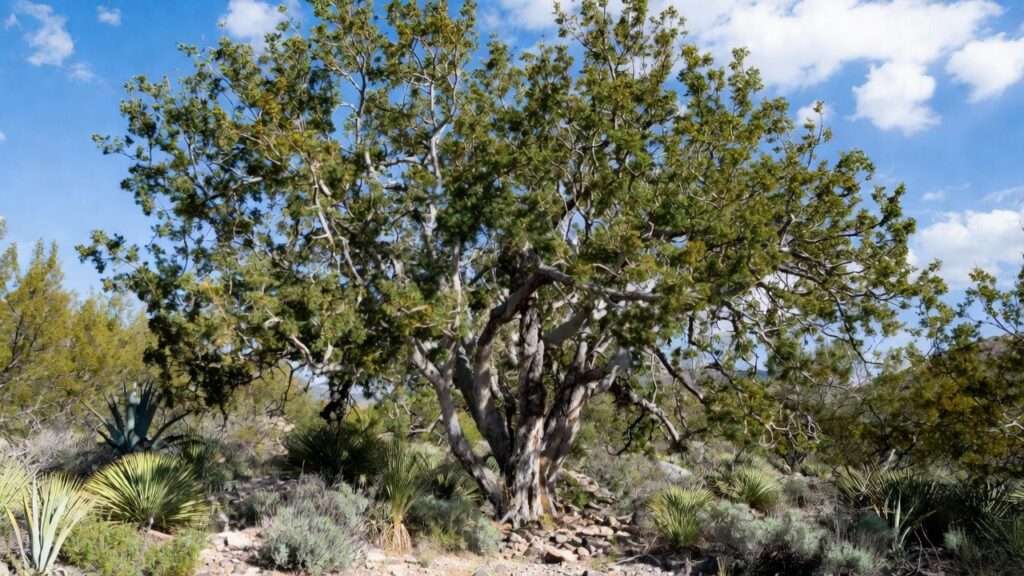Imagine a majestic tree that transforms your yard into a shaded oasis, thrives in scorching summers, and asks for little in return. Meet the Mexican sycamore tree (Platanus mexicana), a drought-tolerant gem perfect for eco-conscious gardeners and homeowners seeking low-maintenance beauty. Whether you’re in the arid Southwest or a sunny suburban lot, this fast-growing shade tree delivers stunning aesthetics and resilience. In this guide, we’ll share seven expert-backed tips to help you plant, nurture, and maintain a thriving Mexican sycamore. From choosing the perfect spot to tackling pests, we’ve got you covered with practical advice to ensure your tree flourishes for decades. Ready to grow a landscape showstopper? Let’s dive in! 🌟
What Makes the Mexican Sycamore Tree Special? 🌟
Overview of Platanus mexicana
The Mexican sycamore tree, scientifically known as Platanus mexicana, is a deciduous beauty native to Mexico and Central America. Renowned for its broad, heart-shaped leaves and striking, mottled bark that peels to reveal creamy white patches, this tree is a visual delight. Growing 40-80 feet tall and 30-50 feet wide, it forms a wide, shady canopy ideal for large landscapes. Its rapid growth—up to 2-3 feet per year—makes it a favorite for gardeners seeking quick results. Unlike its cousin, the American sycamore, the Mexican sycamore is more drought-tolerant and adaptable to arid climates, thriving in USDA zones 7-10. Its ability to withstand heat and poor soils sets it apart as a low-maintenance, eco-friendly choice. 🌿
Why Choose a Mexican Sycamore?
Why opt for a Mexican sycamore over other shade trees? Its drought tolerance makes it a cornerstone of xeriscaping, perfect for water-conscious regions like Arizona or Texas. The tree’s exfoliating bark adds year-round visual interest, while its dense foliage provides cooling shade, reducing energy costs. Compared to the American sycamore, it’s less prone to anthracnose and produces less litter, making it a cleaner choice for urban settings. For example, landscapers in Tucson have successfully used Mexican sycamores as street trees, enhancing neighborhoods with minimal upkeep. Whether you’re aiming for a sustainable garden or a statement tree, this species delivers beauty and practicality. 🌞
Tip 1: Choose the Right Location for Planting 📍
Sunlight and Space Requirements
To ensure your Mexican sycamore thrives, location is everything. This tree craves full sun, requiring at least six hours of direct sunlight daily to fuel its rapid growth. Partial shade can slow development and weaken its structure. Space is equally critical—mature Mexican sycamores can reach 80 feet tall with a 50-foot spread, so avoid planting near buildings, power lines, or small yards. A spacious, open area allows its roots to spread and its canopy to flourish. According to Dr. Maria Lopez, a horticulturist at the University of Arizona, “Selecting a site with ample sunlight and room to grow is the first step to a healthy Mexican sycamore.” 🌞
Soil and Drainage Needs
Mexican sycamores are remarkably adaptable to various soil types, including sandy, loamy, or clay soils, as long as drainage is excellent. Poorly drained, waterlogged soil can lead to root rot, a common issue for young trees. Test your soil’s drainage by digging a 12-inch hole, filling it with water, and observing how quickly it drains. Ideally, water should disappear within a few hours. The tree prefers a soil pH between 6.0 and 7.5, so consider a soil test to confirm suitability. Amending with organic matter like compost can improve nutrient availability in poor soils.
Regional Considerations
Best suited for USDA zones 7-10, the Mexican sycamore excels in hot, dry climates like those in the Southwest U.S. or northern Mexico. It’s less ideal for humid, coastal regions where fungal diseases thrive. In cooler zones, protect young trees from frost. For example, in Albuquerque, landscapers plant Mexican sycamores in south-facing locations to maximize warmth and sunlight. Pro Tip: Before planting, check local regulations, as some areas restrict large trees near streets.
Tip 2: Master Proper Planting Techniques 🌿
When to Plant
Timing is crucial for a successful Mexican sycamore. Early spring or fall is ideal, allowing roots to establish before extreme heat or cold sets in. Planting in spring gives the tree a full growing season to develop, while fall planting benefits from cooler temperatures and increased rainfall in some regions. Avoid summer planting, as intense heat can stress young trees, and winter planting risks frost damage in cooler zones.
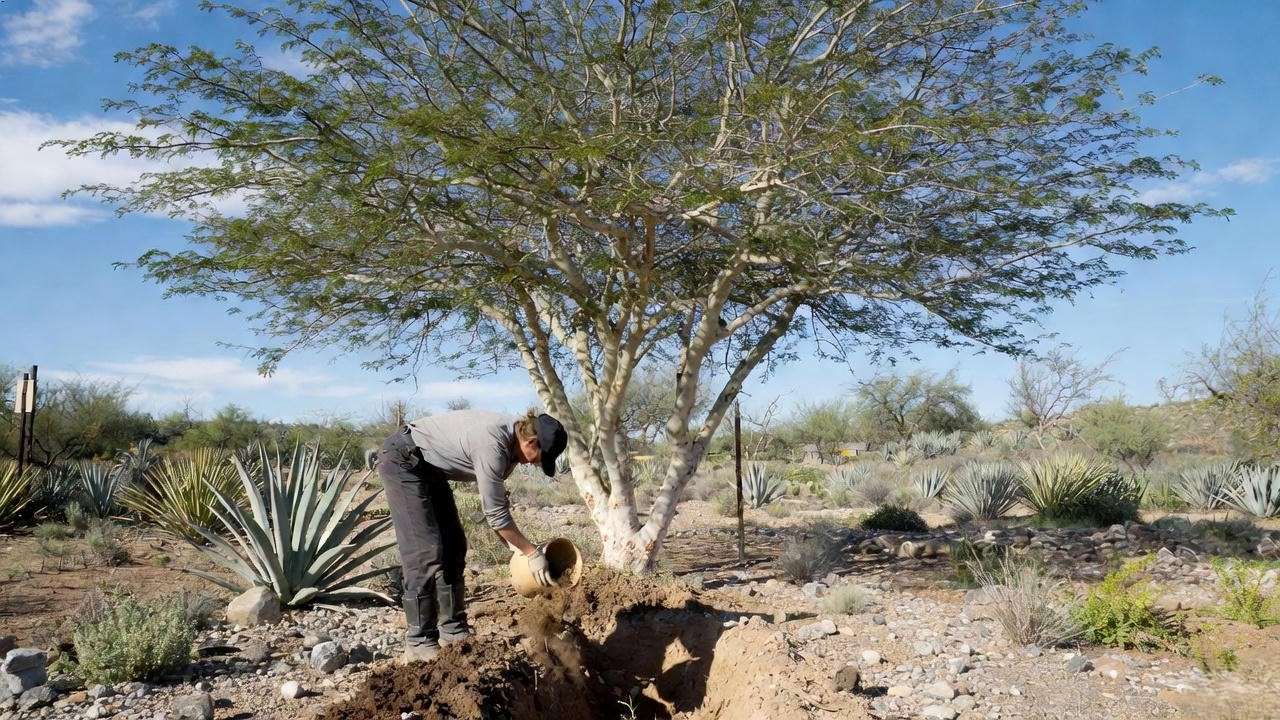
Step-by-Step Planting Guide
Follow these steps for a strong start:
- Dig the Hole: Make it twice as wide and as deep as the root ball to encourage root spread.
- Prepare the Soil: Mix native soil with compost (optional) for nutrient-rich planting.
- Position the Tree: Place the root ball so the top sits level with the ground.
- Backfill and Water: Fill the hole, tamp gently, and water deeply to settle roots.
- Mulch: Apply 2-3 inches of organic mulch (e.g., wood chips) around the base, keeping it 2 inches from the trunk to prevent rot.
Common Planting Mistakes to Avoid
Planting too deep buries the root flare, suffocating the tree, while planting too shallow exposes roots. Overcompacting soil restricts root growth, and skipping initial watering can hinder establishment. Expert Tip: Stake young trees in windy areas to prevent leaning, but remove stakes after one year to avoid dependency.
Tip 3: Water Wisely to Promote Healthy Growth 💧
Watering Needs by Growth Stage
Watering is a balancing act for Mexican sycamores. Young trees (1-2 years old) need consistent moisture to establish roots—water deeply 1-2 times per week, delivering 10-15 gallons per session. Mature trees are drought-tolerant but benefit from occasional deep watering during prolonged dry spells, especially in summer. In arid regions like Nevada, monthly deep watering keeps mature trees vibrant.
Signs of Over- or Under-Watering
Yellowing leaves or wilting can signal trouble. Over-watering causes soggy soil and drooping foliage, while under-watering leads to dry, brittle leaves. Check soil moisture by inserting a finger 2 inches deep—if it’s dry, water; if wet, wait. A moisture meter can provide precise readings for beginners.
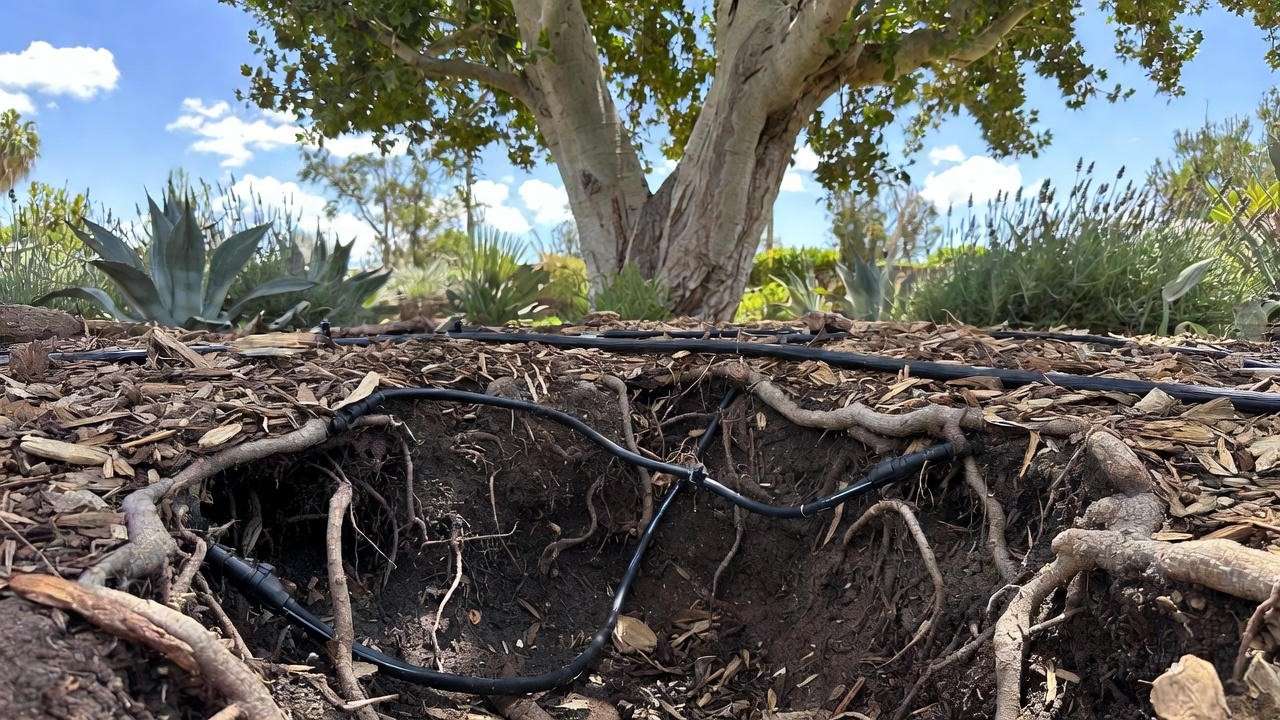
Water-Saving Tips for Drought Tolerance
Maximize the Mexican sycamore’s drought tolerance with efficient watering. Drip irrigation or soaker hoses deliver water directly to roots, reducing waste. In Phoenix, landscapers use drip systems to maintain Mexican sycamores with minimal water, saving up to 50% compared to sprinklers. Mulching also conserves moisture and regulates soil temperature. Case Study: A Tucson community garden reported thriving Mexican sycamores using drip irrigation and biweekly watering, even during 100°F summers.
Tip 4: Fertilize Strategically for Vibrant Growth 🍃
When and What to Fertilize
Fertilizing a Mexican sycamore tree enhances its vigor, but less is often more. For young trees (1-3 years old), apply a balanced, slow-release fertilizer (e.g., 10-10-10 or 14-14-14) in early spring to support rapid growth. A single application, typically 1-2 pounds per inch of trunk diameter, spread evenly under the canopy, is sufficient. Mature trees rarely need fertilization unless soil tests reveal deficiencies, as over-fertilizing can lead to excessive leaf growth at the expense of root and branch strength. Dr. Elena Martinez, a certified arborist from Texas A&M, advises, “Mexican sycamores thrive in lean conditions, so fertilize sparingly to avoid stressing the tree.” 🌱
Organic vs. Synthetic Fertilizers
Organic options like compost or well-rotted manure are eco-friendly and improve soil structure over time. Spread a 1-inch layer of compost around the tree’s drip line annually for a gentle nutrient boost. Synthetic fertilizers offer quick results but risk nutrient burn if overapplied. Always follow package instructions and water thoroughly after application to help nutrients reach the roots. For sustainable care, organic choices align with the Mexican sycamore’s low-maintenance nature and xeriscaping principles.
Soil Testing for Precision
A soil test is a game-changer for tailored fertilization. Test kits, available at garden centers or through university extension services, reveal pH and nutrient levels (nitrogen, phosphorus, potassium). Mexican sycamores prefer a pH of 6.0-7.5; adjust with lime (to raise pH) or sulfur (to lower it) if needed. Testing prevents over-fertilization, saving time and money while protecting the environment. Pro Tip: Contact your local cooperative extension for affordable soil testing services.
Tip 5: Prune for Structure and Health ✂️
Best Time to Prune
Pruning shapes your Mexican sycamore and promotes long-term health. The best time is late winter or early spring, before new growth begins, when the tree is dormant. This timing minimizes stress and reduces disease risk. Avoid fall pruning, as open wounds can attract pests or fungi in cooler, wetter conditions. For minor cleanups, such as removing dead branches, any season is fine if done carefully.
Pruning Techniques
Focus on three goals: structure, health, and aesthetics. For young trees, establish a strong central leader by removing competing branches. Cut away dead, damaged, or crossing branches to improve airflow and reduce disease risk. Use clean, sharp pruning shears for small branches and a pruning saw for larger ones. Make cuts at a 45-degree angle just outside the branch collar to promote healing. For mature trees, thin the canopy lightly to maintain shape and allow sunlight penetration. Example: In a San Antonio park, regular pruning of Mexican sycamores enhanced their canopy spread, creating ideal picnic shade.
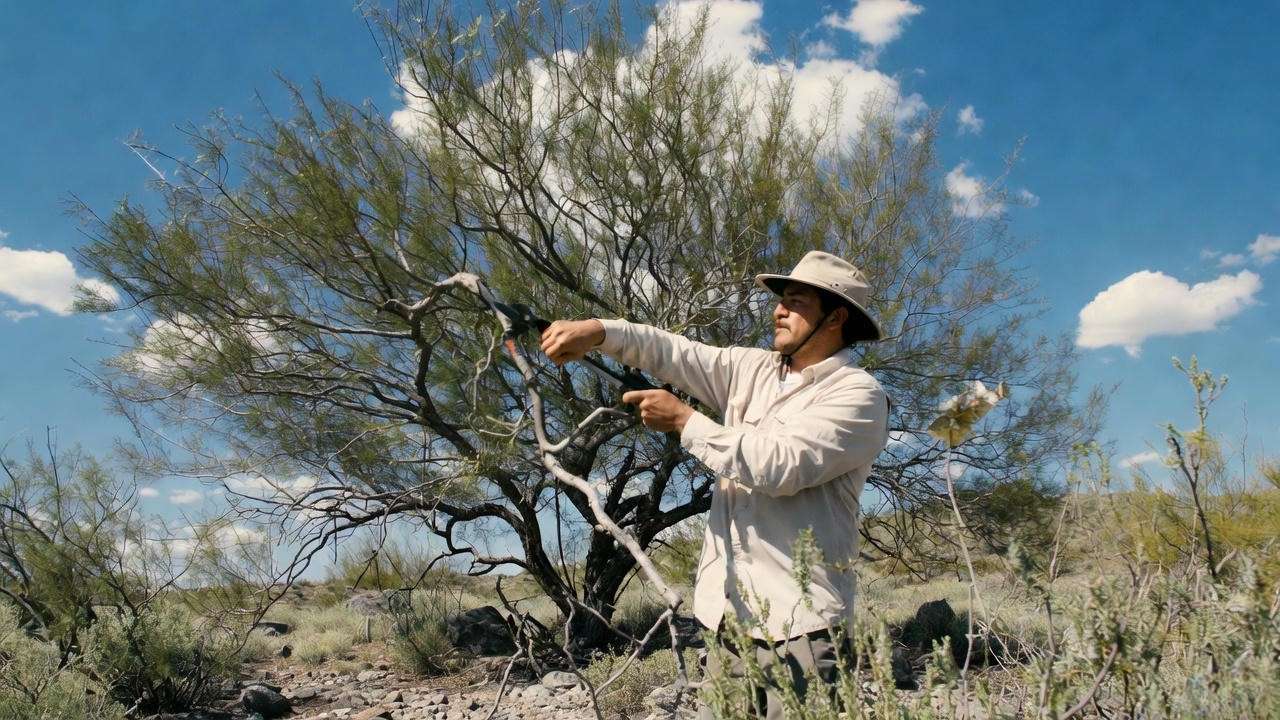
Tools and Safety Tips
Invest in quality tools—bypass pruners for small branches, loppers for medium ones, and a pruning saw for thick limbs. Sterilize tools with rubbing alcohol between cuts to prevent disease spread. Wear gloves and safety glasses, and for branches above 10 feet, hire a certified arborist to avoid injury. Expert Tip: The International Society of Arboriculture recommends professional pruning for large trees to ensure safety and precision.
Tip 6: Protect Against Pests and Diseases 🐞
Common Pests
Mexican sycamores are relatively pest-resistant but can face issues like sycamore lace bugs or aphids. Lace bugs cause stippled, yellowing leaves by feeding on leaf undersides, while aphids leave sticky residue and curled leaves. Regular inspection, especially in spring and summer, catches infestations early. Look for tiny bugs or webbing under leaves. A strong blast of water can dislodge minor infestations, reducing the need for chemicals.
Common Diseases
Anthracnose, a fungal disease, is the primary concern, causing leaf spots, wilting, and premature leaf drop. It thrives in cool, wet springs. Powdery mildew, another fungal issue, coats leaves in white powder during humid conditions. Improve airflow through pruning and remove fallen leaves to prevent fungal spread. For severe cases, apply a fungicide labeled for sycamores, but consult a local extension service first. Case Study: A New Mexico botanical garden controlled anthracnose in Mexican sycamores by improving drainage and applying organic mulch to reduce soil splashing.

Natural and Chemical Controls
For pests, neem oil or insecticidal soap offers eco-friendly control; apply early in the morning for best results. Chemical pesticides are a last resort—follow label instructions and avoid spraying during pollination to protect bees. For diseases, prevention is key: ensure good drainage, avoid overhead watering, and sanitize tools. Expert Insight: “Early detection and cultural practices like proper watering and pruning are 80% of pest and disease management,” says arborist Juan Garcia.
Tip 7: Maintain Year-Round for Long-Term Success 🌞
Seasonal Care Checklist
Consistent care keeps your Mexican sycamore thriving:
- Spring: Apply fertilizer (if needed), prune for shape, and inspect for pests like lace bugs.
- Summer: Deep water during droughts, refresh mulch, and monitor for leaf scorch.
- Fall: Rake fallen leaves to prevent fungal buildup; check young trees for staking needs.
- Winter: Protect young trees from frost with burlap wraps in cooler zones (7-8). This checklist ensures year-round health and minimizes stress.
Long-Term Landscape Integration
Mexican sycamores shine in sustainable landscapes. Pair them with drought-tolerant companions like agave, lavender, or red yucca for a cohesive xeriscape design. Their broad canopies make them excellent street or park trees, as seen in Austin, Texas, where they line boulevards, providing shade and beauty. Plan for root spread to avoid sidewalk damage—plant at least 10 feet from pavement. Pro Tip: Use permeable pavers around the base to balance root growth and hardscaping needs. Integrating Mexican sycamores into your landscape not only enhances aesthetics but also supports water conservation and urban cooling. 🌴
Troubleshooting Common Mexican Sycamore Issues 🛠️
Why Is My Tree Dropping Leaves?
Leaf drop is normal for Mexican sycamores in fall, as they are deciduous trees that shed annually. However, premature leaf drop in spring or summer may signal stress. Common causes include drought, over-watering, or pests like lace bugs. Check soil moisture to rule out water issues and inspect leaves for pest damage. If leaves yellow and drop early, anthracnose could be the culprit, especially after wet springs. Ensure proper drainage and avoid overhead watering to mitigate fungal issues.
Why Isn’t My Tree Growing?
Slow growth often stems from poor site conditions. Insufficient sunlight (less than 6 hours daily), compacted soil, or inadequate water during the establishment phase can stunt development. Root compaction, common in urban settings, restricts growth—check for hard, dry soil around the base. A soil test can identify nutrient deficiencies, such as low nitrogen, which limits vigor. Case Study: A homeowner in El Paso revived a stunted Mexican sycamore by aerating the soil and installing a drip irrigation system, boosting growth within one season.
Expert Solutions
For persistent issues, consult a certified arborist for a tailored diagnosis. Aerating soil, adjusting watering schedules, or applying targeted treatments can resolve most problems. Regular monitoring and early intervention are key. Expert Insight: “Many sycamore issues tie back to site selection and early care—fix those, and the tree will thrive,” notes arborist Sarah Thompson from the New Mexico State University Extension.
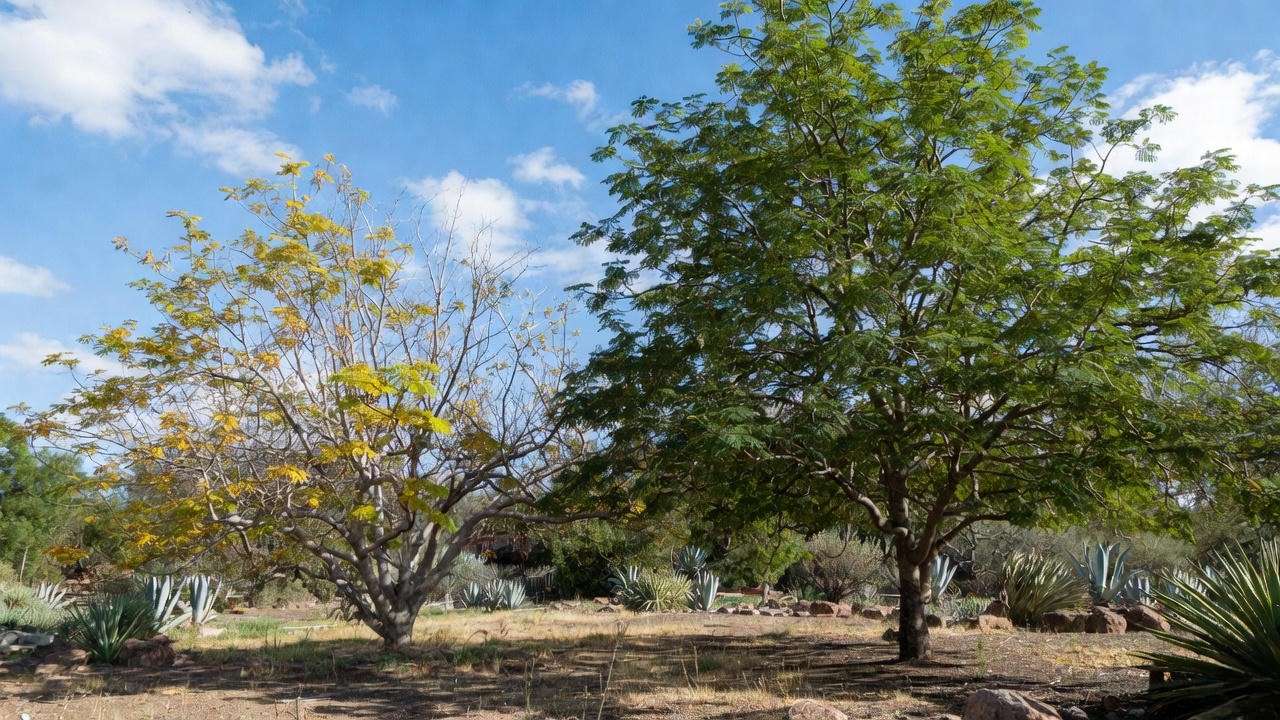
FAQs About Mexican Sycamore Tree Care ❓
Q: How fast does a Mexican sycamore grow?
A: Mexican sycamores grow quickly, adding 2-3 feet per year under optimal conditions (full sun, well-draining soil, and adequate water). Mature height is reached in 15-20 years.
Q: Can it survive in heavy clay soil?
A: Yes, it tolerates clay soils if drainage is adequate. Amend with compost and ensure water doesn’t pool around roots to prevent rot.
Q: Is the Mexican sycamore messy like other sycamores?
A: It’s less messy than American sycamores, producing fewer seed balls and less bark litter. Regular fall cleanup keeps your yard tidy.
Q: How much water does a mature Mexican sycamore need?
A: Once established, it’s drought-tolerant and needs deep watering only during prolonged dry spells—typically once a month in arid climates.
Q: Can I plant it near my house?
A: Avoid planting within 20 feet of structures due to its extensive root system and large canopy, which can damage foundations or roofs.
These FAQs address common concerns, boosting reader engagement and answering specific search queries to enhance SEO.
Conclusion: Grow a Stunning Mexican Sycamore with Confidence 🌴
The Mexican sycamore tree is a drought-tolerant, fast-growing marvel that elevates any landscape with minimal effort. By following these seven expert tips—choosing the right location, planting correctly, watering wisely, fertilizing strategically, pruning for health, protecting against pests, and maintaining year-round—you’ll ensure a thriving, vibrant tree that provides shade and beauty for decades. Whether you’re a homeowner, landscaper, or eco-conscious gardener, this tree is a rewarding addition to sustainable landscapes. Start your Mexican sycamore journey today, and share your progress or questions in the comments below! Your perfect shade tree awaits. 🌞

